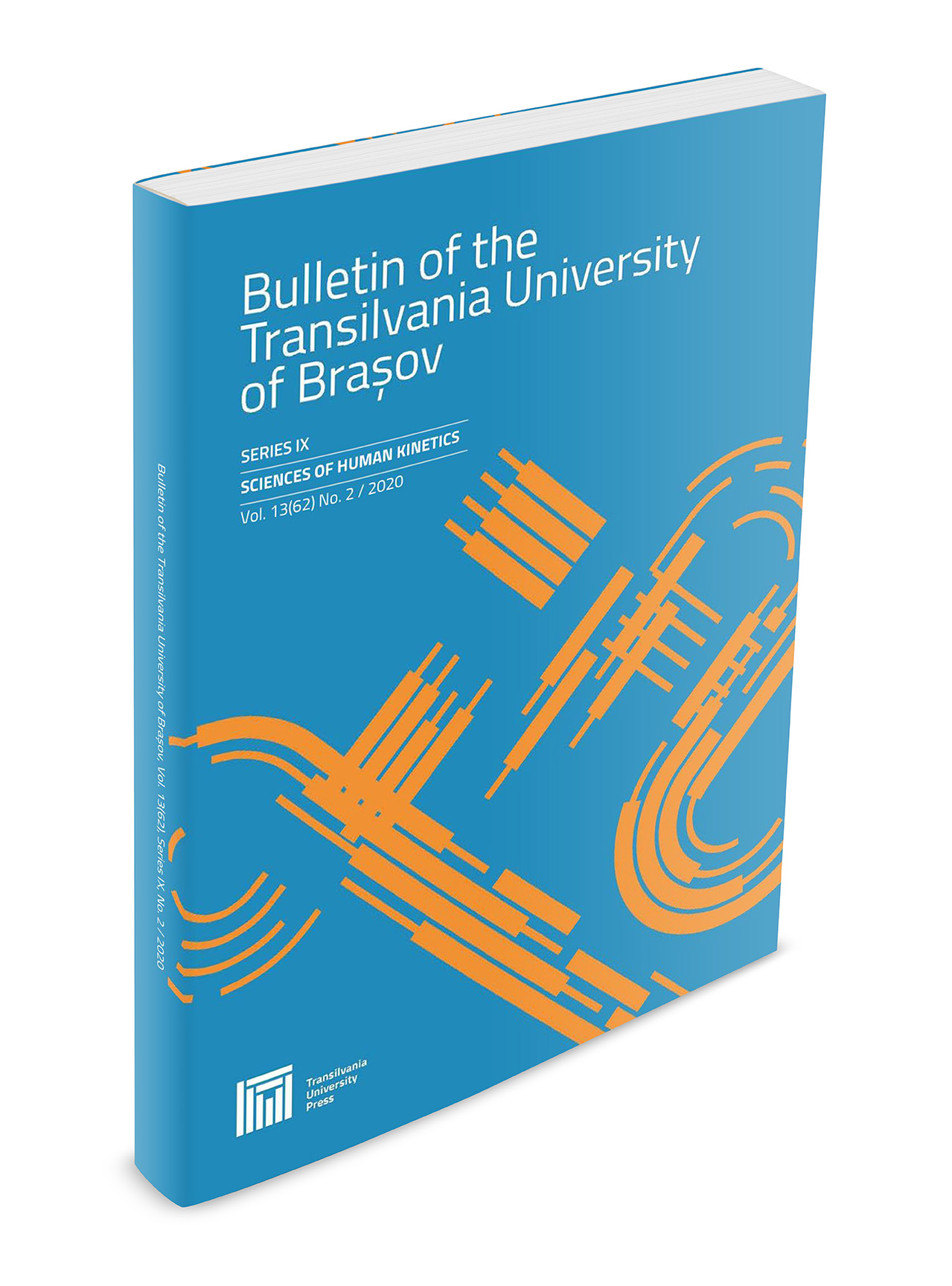The Efficiency of Physical Therapy in a Child with Facial Paresis
Keywords:
paresis, facial nerve, childAbstract
Paralysis is a disorder of voluntary motor activity that can occur in quantitative terms by reducing the force, amplitude, and speed parameters of the movement. The prognosis for facial paralysis is generally good, with 85% of patients experiencing improvement three weeks after the onset of the disease. The present paper aims to demonstrate that early intervention through physical therapy will prevent the sequelae from being installed in a child with facial paresis, and at the same time will facilitate the condition of the subject throughout the therapeutic intervention. For evaluation, we used the House-Brackmann Scale, the Sunnybrook Scale, muscle tone testing, and tactile, thermal, and pain sensitivity. The results obtained demonstrate the effectiveness of physical therapy in a child with facial paresis, the applied intervention program succeeding to combat the facial asymmetries, restoring muscle tone, and recovering all forms of lost sensitivity.Downloads
Published
Issue
Section
License
Copyright (c) 2018 Bulletin of the Transilvania University of Braşov. Series IX: Sciences of Human Kinetics

This work is licensed under a Creative Commons Attribution 4.0 International License.





